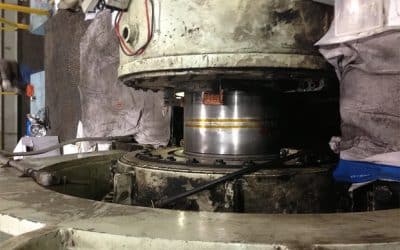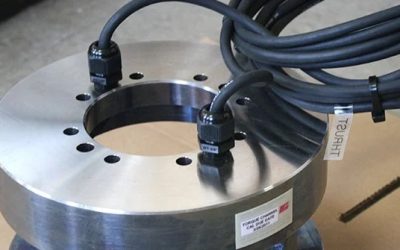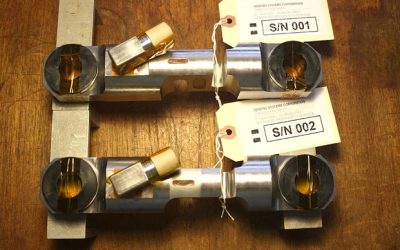Like almost everything else,
load cells are going wireless. But unlike so many of the consumer gadgets and devices popular today, digital load cells serve a very practical purpose. Not only that, but the best wireless load cells offer a number of advantages over traditional force measurement sensors. And in an age when regulations upon regulations require that everything your company does is traceable, digital load cells are a necessity.
The New Generation of Wireless Load Cells
Although load cells are extremely precise measurement tools used in some of the most challenging environments on earth, the technology itself is elegantly simple. Today, most load cells use strain gauge technology, which has been in use for more than 40 years. Strain gauges transform compression into an electrical signal. As the compression rises and falls, the signal changes accordingly.
But for a variety of reasons, it’s not always possible to use wires to transmit the output of these measurement devices. And that’s a problem, especially if you want to avoid unpleasant ISO audits. Our own load cells are used underground, at the bottom of the ocean, and in the most unforgiving industrial applications. On top of that, they have to interface with many different types of computers.
The solution is simple: wireless load cells. Not only are these sensors environmentally protected to withstand the needs of the application, but they are still calibrated using NIST traceable standards. The best wireless load cells are non-intrusive and extremely durable, and with the right calibration, routinely achieve accuracies from 0.03 to 1%.
Sensing Systems specializes in designing custom load cells that can handle any application and still meet NIST traceability standards. How does it work?
In addition to supplying and calibrating custom, wireless, and digital load cells for our clients, we also provide wireless communication equipment, amplifiers, and digital displays. In order to maintain NIST traceability standards, both the sensors and the wireless electronics need to be calibrated together.
Fortunately, wireless load cells can be connected with a variety of electronic equipment to display, monitor, log, and analyze measurements.
Modern load cells can be hooked up to electronic equipment like:
- Stand alone digital indicators and data loggers
- Analog to digital computer boards
- Voltage and current amplifiers
- Digital communication boards, including Ethernet, RS-232, and RS-485
- Control equipment, computers, and programmable loop controllers (PLC)
For the most advanced monitoring, traceability, and control applications, digital load cells can connect with virtually every type of computer, instrumentation, or data acquisition equipment in use today.




